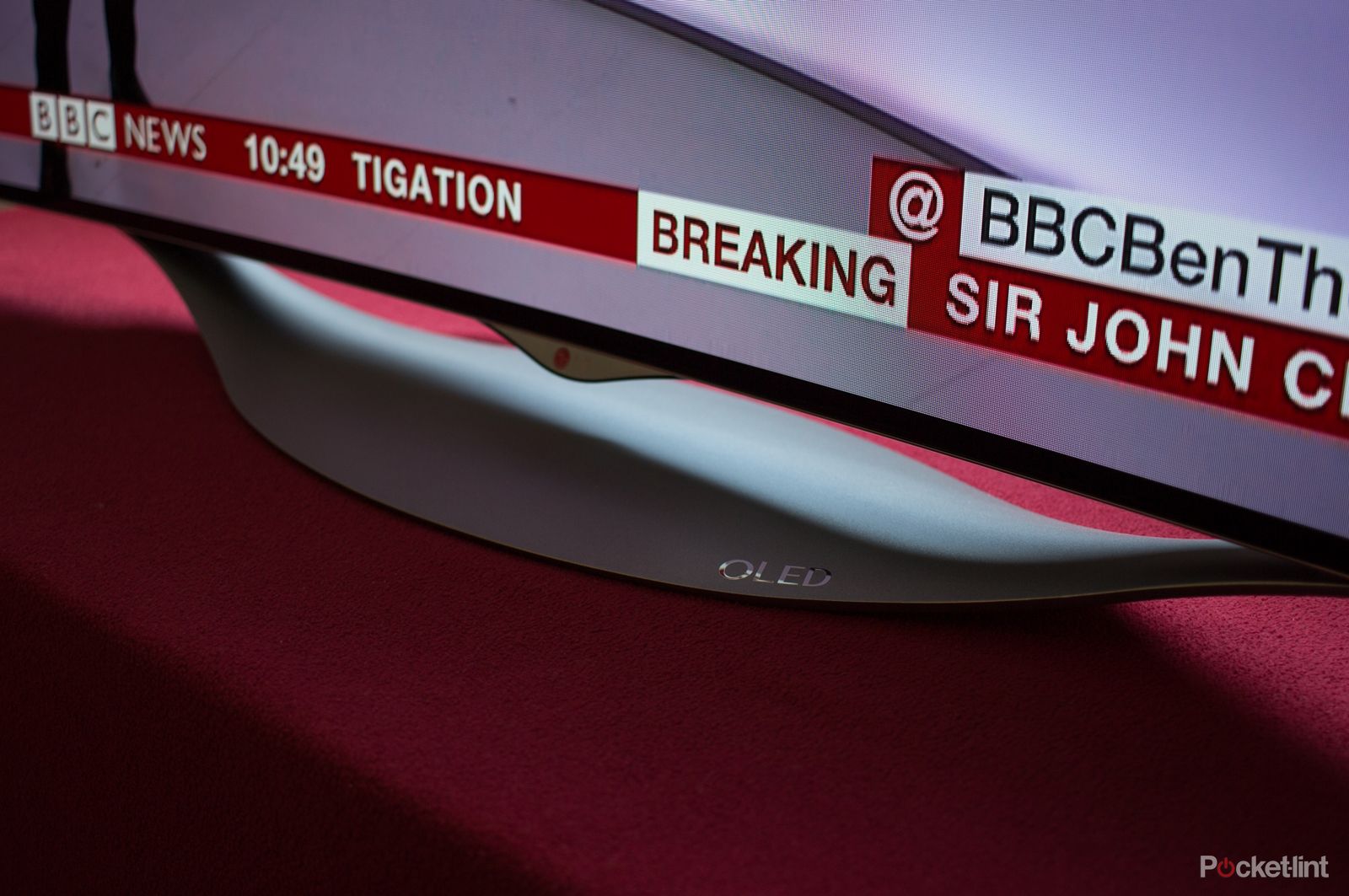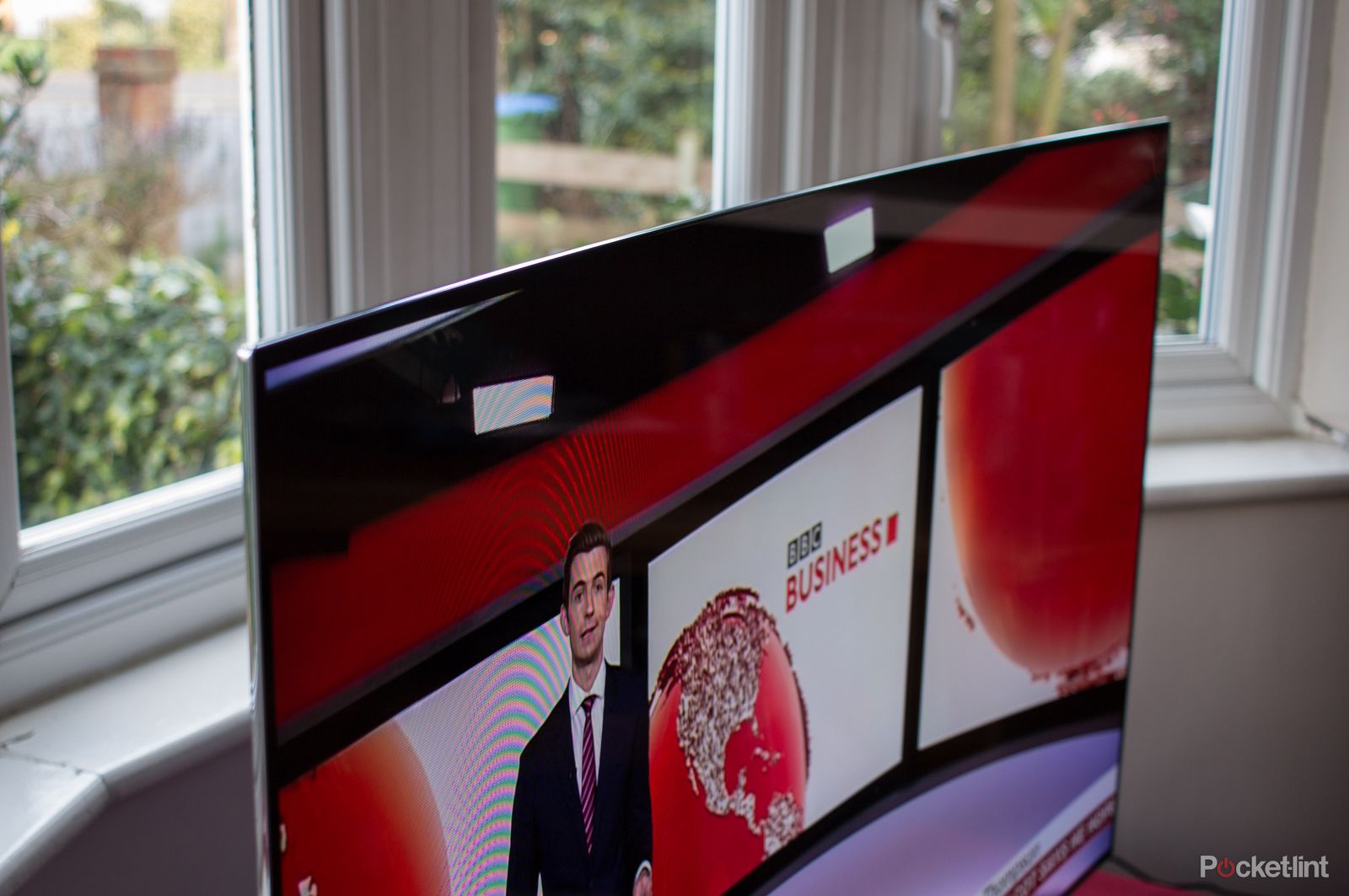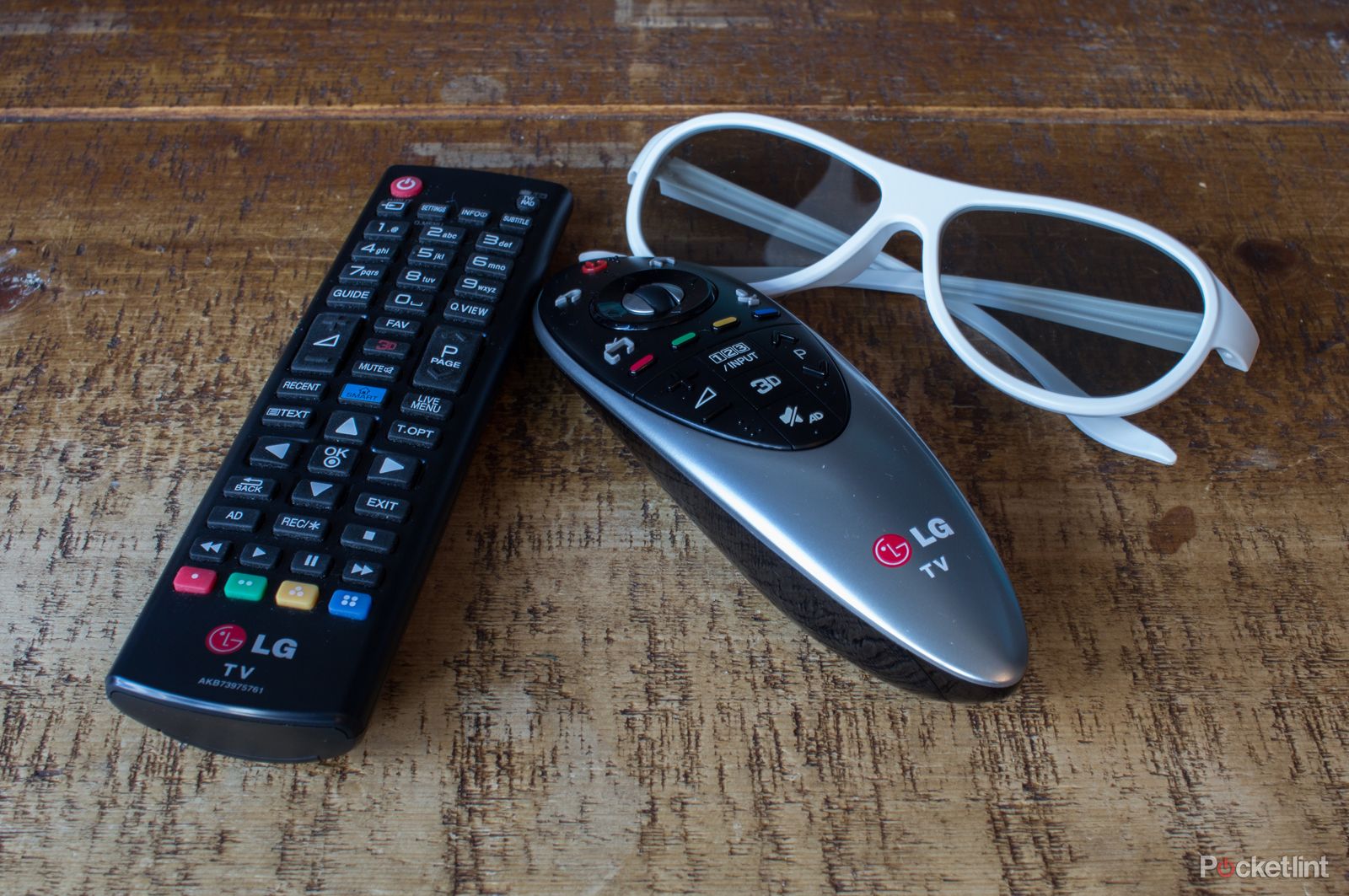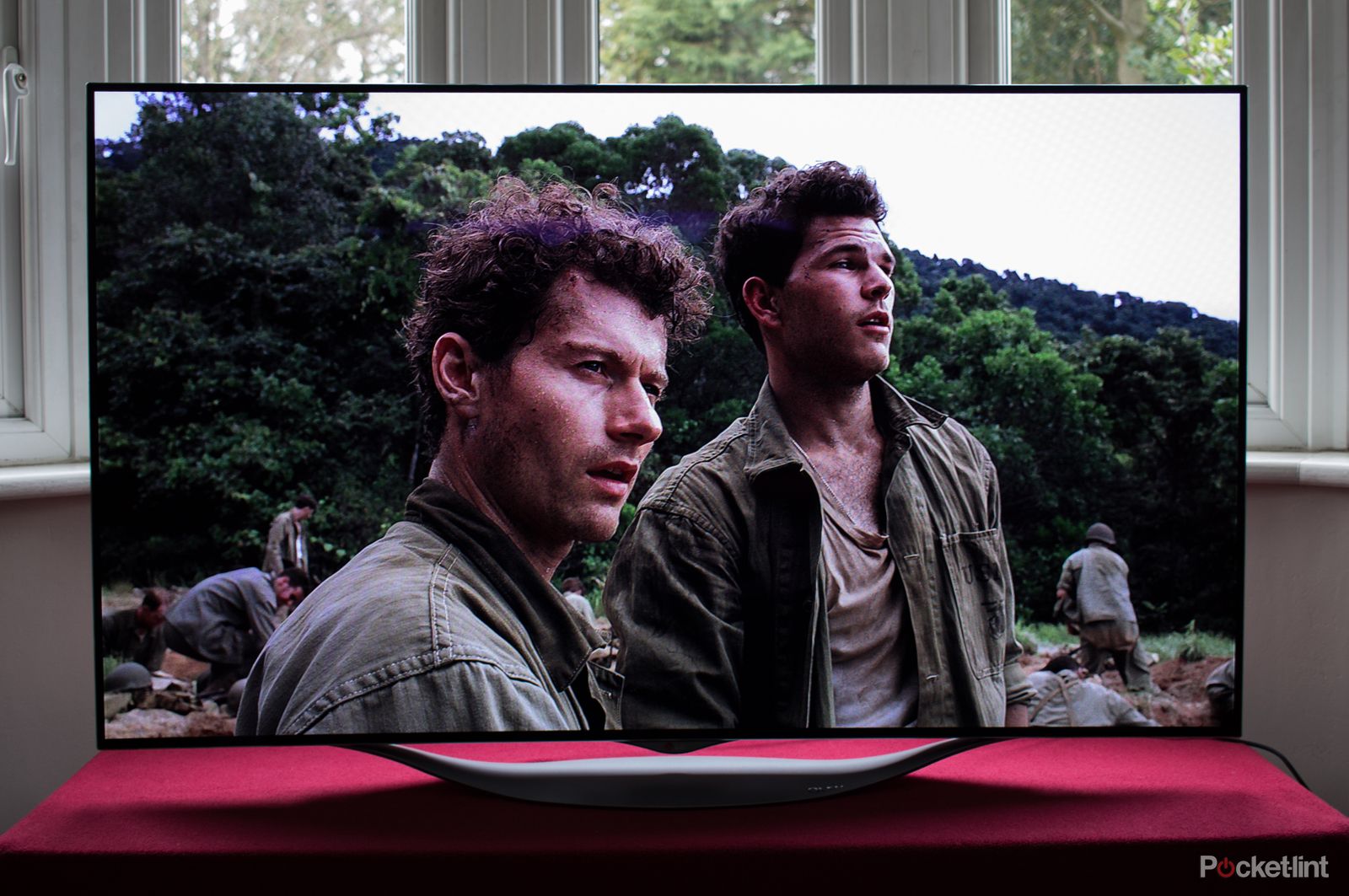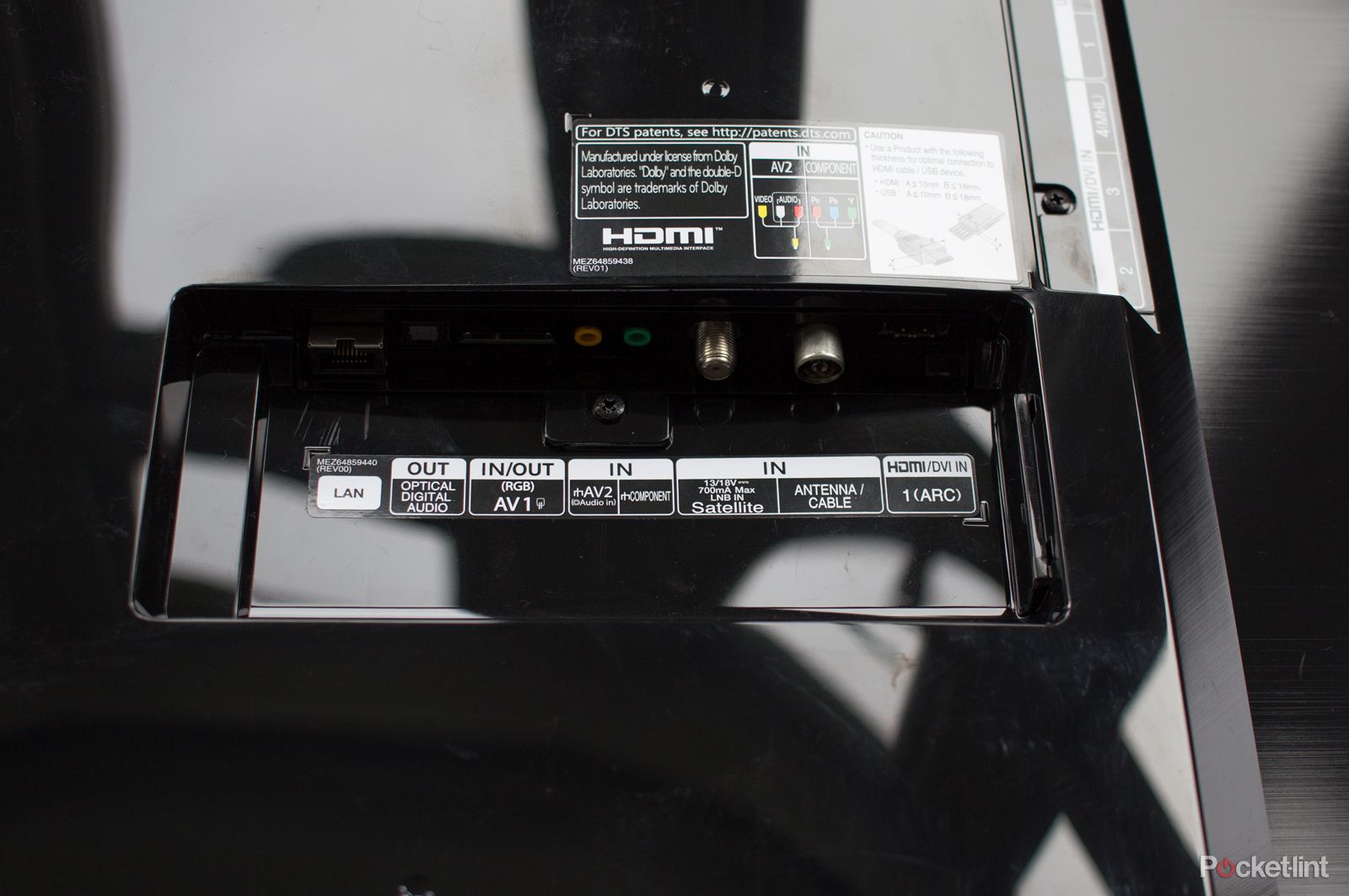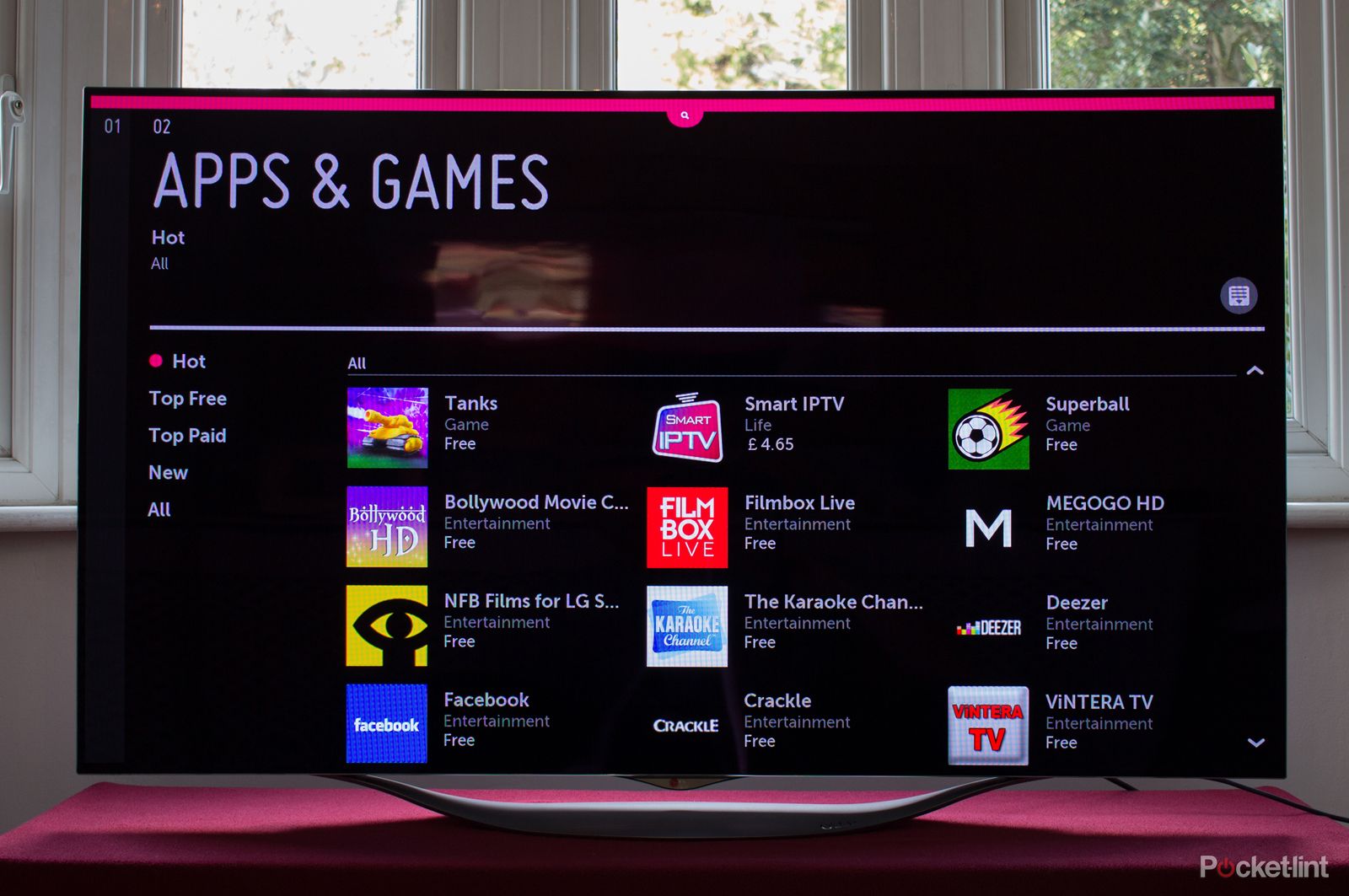With plasma having drawn its last breath, the choices you have for TV displays are narrowing. The vast majority are now LCD with some form of LED illumination, with plenty of advancements at all levels of set, or there's the typically more expensive OLED.
Our quick take
The LG 55EC930V is a tempting OLED proposition. It has the ability to offer some of the best visuals you'll get from any current TV. The blacks are staggering, the colours are inspiring and the contrast is amazing. That's praise we're happy to heap on this set, and the £2,299 asking price isn't too steep considering the technology.
The judder problems did take us by surprise and we've spent a lot of time examining its behaviour from different types of content, leading us to concede to using TruMotion on occasions. Is it a critical failing? For many, we suspect it will be possible to control things at an acceptable level: we'd happily live with it, given the overall picture quality available elsewhere.
The EC930V joins LG's other webOS smart TVs in offering great design, plenty of connectivity and a smart platform that has plenty to offer. Priced as it is, we suspect that some of the new flagship 4K LED TVs will steal some of the attention from this set, but if you're set on OLED for those inky blacks and staggering contrast, then the LG 55EC930C delivers aplenty.
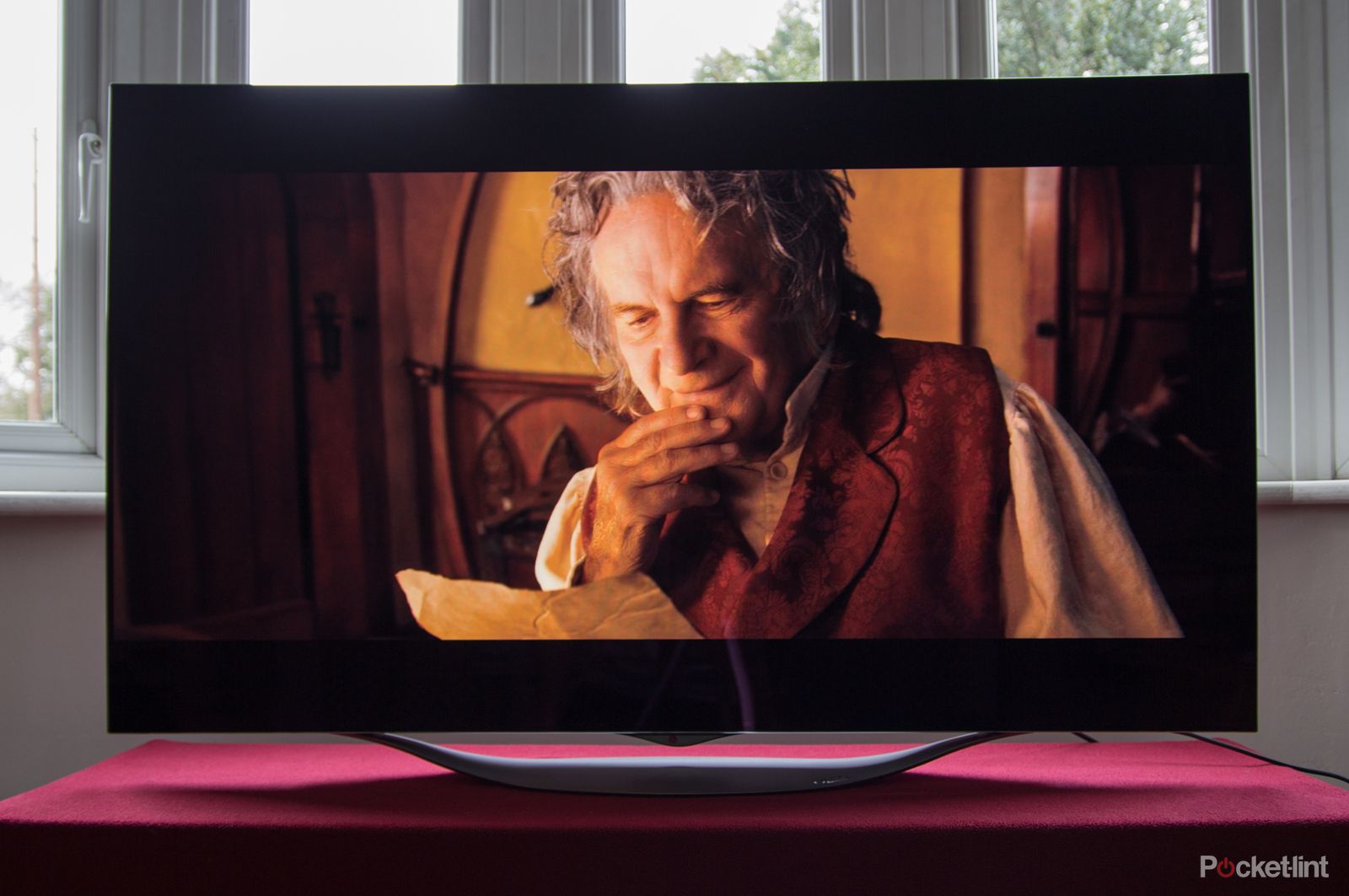
LG 55EC930V TV - 4.5 / 5
| FOR | AGAINST |
|---|---|
|
|
LG is committed to the latter display technology, championing its intense colours and deeper blacks. And following the excellent EA980W - which, at £8,000, was hardly a snip - we now have the far more affordable EC930V. It's curved like its predecessor, it's Full HD like its predecessor too, but it's almost a quarter of the price.
The official price tag is £2,999, but it's available for £2,299, which brings it into the realms of realistic. However, the EA980W sits on the wrong side of many of the attention-grabbing 4K sets hitting the market.
We've been living with the 55-inch curved OLED, complete with LG's excellent webOS smart TV interface and a jaw-dropping design, to see whether it's an OLED proposition too good to be true for the price point.
Dazzling design
The EC930V is stunning. LG is making TVs to be seen and the OLED designs have really taken this on. The curved display is edged only by a slim aluminium border, so there's no bezel to speak of. The display picture, however, doesn't show all the way to the edges, so there's about 8mm running around the edge just to frame it.
The back of the set isn't a carbon fibre panel like the last generation model, which will have helped shave some of the price off, instead there's an elegant looking rear panel (it feels like brushed aluminium) with a central protrusion, finished in glossy black plastic, where all the brains and connections live. At the top, it's only about 6mm thick, so it's an impressive sight.
The stand, rather than being a clear plastic wave with integrated speakers, is now much more conventional. It's a wave shape of sorts, but the metal now means that this OLED set will happily sit on all manor of television stands with ease.
On the rear is LG's joystick button - giving essential but basic controls - and the central LG logo illumination can be turned off if you find it distracting.
The lovely sweeping curve of the display itself looks great and the quality of construction overall is very good: there's no mistaking that this is a premium TV and you'd expect nothing less for the price tag. We even rolled out the red carpet for it.
Curveball?
We have to talk about the curve, of course. Like it or loathe it, we're still seeing new curved TVs being launched. Some people will never see how they can accommodate a curved set, but this is very much a personal preference thing: it's an interesting design, we feel, more than a huge change in the viewing experience.
TV manufacturers have told us about optimum viewing positions, about eye distance from centre and the corners, as well as the advantages to viewing for those off-centre, but for all these pros, we've rarely found them to be a con on a regular flat TV.
There's some suggestion that large curved TVs are more immersive, but we'd say that's true of any large TV, and 55 inches is still pretty large for a UK living room. We'd take it either way, curved or flat: curved might be more of a talking point in your open-plan living space; flat is probably more convenient for wall-mounting if you're feeling space conscious in your small front room.
However, this model - and its Full HD stablemates in 65- and 77-inch formats - are all curved. If you want a flat OLED, it means a step-up to the 4K EF950V, which isn't yet available.
The finish on the EC930V display is glossy, which due to the curved nature can lead to some odd, stretched, reflections. Careful placement in your room is important for optimal viewing. Although there's the brightness to punch through reflections in regular TV watching, it's the dark scenes that suffer in daylight, so serious movie watchers will need to keep this in mind.
That OLED experience
There's excitement about OLED because it has capabilities that are difficult to come close to on an LCD/LED panel. It's known for excellent contrast, punchy colours and blacks so deep they look to consume your soul.
And that's exactly what you get with the 55EC930V - straight out of the box it will give you jaw-dropping colours. They are set on a palette that will give you very deep blacks that on LED-backlight displays would more likely be dark grey. Fire up a 21:9 movie in the dark and the letterboxing vanishes into the darkness of the room, rather than framing the picture in a deep grey.
The opening scenes of The Hobbit: An Unexpected Journey see Bilbo lighting a candle and walking through his home. The OLED sees great contrast between the illumination within the Hobbit hole and the shadows dancing up the walls that follow Bilbo as he moves, without losing the richness of the colours. OLED brings depth and atmosphere you struggle to get elsewhere.
That's offset with colours that are hyper-realistic. There's vibrancy and punch; the sunsets in Broadchurch painting the sky a fiery orange, again, with DI Hardy silhouetted against it, perfectly sharp and perfectly black. There are some brilliant piercing whites available, although the spread of white across the panel isn't even: to us, the edges had a slight magenta hue, the centre a little more yellowed, although we can't say that ever caused a problem when watching.
It is possible to lose dark textures into the shadows and over-saturation can be bothersome, so it's worth spending some time calibrating the display to get your preference and the best setup for each input and the type of content you want to watch.
There are effective noise reduction options if you'd like them, as well as the option to turn them off completely. We found that on BBC HD, it helped clean out the visible noise in solid colours nicely, and in the context of broadcast HD, it's probably worth using.
For higher quality Blu-ray, however, it almost always isn't, as a wreaks havoc with things like skin tones, smoothing away that precious detail you're after in faces. We'd rather take the inherent (and often intentional) noise on The Pacific Blu-ray, rather than the artificial make-up like cast it gives to the characters with noise reduction turned on.
While on the subject of The Pacific, the EC930V's contrast gives some real depth and an almost 3D quality as tracer streaks appear out of the dark in some of the night firefights. The inherent evil of dynamic contrast is lurking to spoil things though: in a dark church setting it was cranking the levels up and down as the scene switched between shots, which destroys any sort of uniformity, so you will want to switch that it off.
For 3D content, if you're interested that is, the EC930V handles the third dimension well, with Dredd looking better than we've seen it in 3D before. It's a passive glasses system, with four pairs of glasses bundled in the box, meaning lighter glasses than active systems, which we find less invasive than heavier glasses which need charging. There isn't noticeable cross-talk and you have the advantage of all that contrast adding to the punch.
Gaming looks stunning too, thanks to the visual panache. The delicious visuals of Forza look fantastic, although you'll want to switch over to the game or PC settings to reduce the input lag.
A jittery downside
There's one lurking problem, though, and that's judder. This is often a problem on panning shots or fast motion and the larger displays get, the more apparent it becomes. It's something that we found creeping into many content types. Although Blu-ray gives some excellent 24fps results, judder is prevalent.
The opening scenes of The Dark Knight sees a stuttery pan as the crooks deathslide onto the bank's roof. As the USMC storm the Guadalcanal beaches in The Pacific, the air support judders across the skies. But Blu-ray is much better than some other types of content: the Hobbit on Netflix shows great detail, but pans across the cavernous interior of Lonely Mountain aren't so hot.
Some of this is well enough countered by TruMotion, but that invokes the so-called soap opera effect. For best results the user-defined settings on low for blur and judder are the best compromise. But this motion control will fall over when a scene gets too busy. In the BBC's The Musketeers, fast head turns between D'Artagnan and chums became blocky, at which point it's better to have TruMotion off.
Living with the EC930V, we've found ourselves accepting some of the judder at times to preserve realism. On other occasions, however, we've conceded defeat and switched on TruMotion.
Sound and connections
There are two speakers built into the bottom of the EC930V, which are down-firing to reflect sound from the stand, but they are average for built-in speakers. We suspect anyone eyeing this OLED TV will have a sound setup in mind, and that's a good thing because the speakers don't really pull their weight, as is often the case with slim TVs. There's plenty of volume on offer, but no real depth or substance to accompany the great visuals.
In terms of connectivity, the 55EC930V has four HDMI slots, one specifically labelled for ARC (audio return channel, for easy sync with an external sound device) and another for MHL (Mobile High-Definition Link). Adapters are supplied for anyone wanting to use Component connections.
There are three USB ports for external drives to plug in, or to power something like a Chromecast. There's also a 3.5mm headphones socket and digital optical, both satellite and regular antenna inputs, as well as Ethernet and Wi-Fi for connecting to your home network.
WebOS smart experience
We're big fans of LG's webOS and, until recently, it was our favourite platform due to its simplicity. Things will be changing with the evolution of Android TV, Firefox and Tizen platforms coming on 2015 TVs, but we still like the webOS approach.
READ: Android TV vs Tizen vs Firefox OS vs webOS
In the early days it can take a little time to get into the settings to tweak things, but the card-based system makes it easy to change to different content sources.
You'll find a full array of apps and although you don't get a full UK catch-up TV offering (BBC and Demand 5 only), the likes of Netflix and Amazon's Video on Demand, as well as Now TV and more are available.
If you're connecting a set-top box (which you more than likely will) then it will offer to set things up so you only need one remote to control it, which some will find useful.
LG's Magic Remote is supplied and its motion control takes a little getting used to, but the regular remote also supplied will give you perfectly good results if you prefer.

